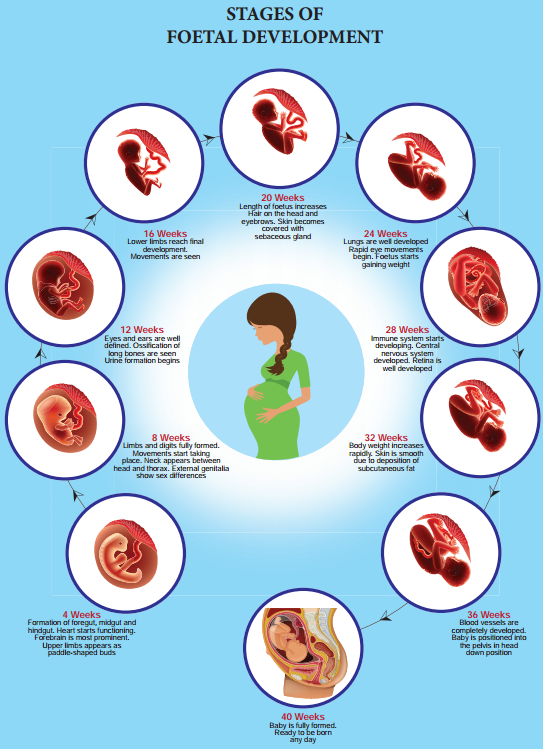Learninsta presents the core concepts of Biology with high-quality research papers and topical review articles.
Parturition and Lactation
Parturition is the completion of pregnancy and giving birth to the baby. The series of events that expels the infant from the uterus is collectively called “labour”. Thoughout pregnancy the uterus undergoes periodic episodes of weak and strong contractions. These contractions called Braxter-Hick’s contractions lead to false labour. As the pregnancy progresses, increase in the oestrogen concentration promotes uterine contractions.
These uterine contractions facilitate moulding of the foetus and downward movement of the foetus. The descent of the foetus causes dilation of cervix of the uterus and vaginal canal resulting in a neurohumoral reflex called Foetal ejection reflex or Ferguson reflex.
This initiates the secretion of oxytocin from the neurohypophysis which in turn brings about the powerful contraction of the uterine muscles and leads to the expulsion of the baby through the birth canal. This sequence of events is called as parturition or childbirth.
Relaxin is a hormone secreted by the placenta and also found in the corpus luteum. It promotes parturition by relaxing the pelvic joints and by dilatation of the cervix with continued powerful contractions. The amnion ruptures and the amniotic fluid flows out through the vagina, followed by the foetus. The placenta along with the remains of the umbilical cord called “after birth” is expelled out after delivery.
Lactation is the production of milk by mammary glands. The mammary glands show changes during every menstrual cycle, during pregnancy and lactation. Increased level of oestrogens, progesterone and human Placental Lactogen (hPL) towards the end of pregnancy stimulate the hypothalamus towards prolactin – releasing factors. The anterior pituitary responds by secreting prolactin which plays a major role in lactogenesis.
Oxytocin causes the “Let-Down” reflxthe actual ejection of milk from the alveoli of the mammary glands. During lactation, oxytocin also stimulates the recently emptied uterus to contract, helping it to return to pre – pregnancy size.
The mammary glands secrete a yellowish fluid called colostrum during the initial few days after parturition. It has less lactose than milk and almost no fat, but it contains more proteins, vitamin A and minerals. Colostrum is also rich in IgA antibodies.
This helps to protect the infant’s digestive tract against bacterial infection. Breast milk is the ideal food for infants as it contains all the constituents in suitable concentration and is easily digestible. It is fully sufficient till about 6 months of age and all infants must be breast fed by the mother to ensure the growth of a healthy baby.
